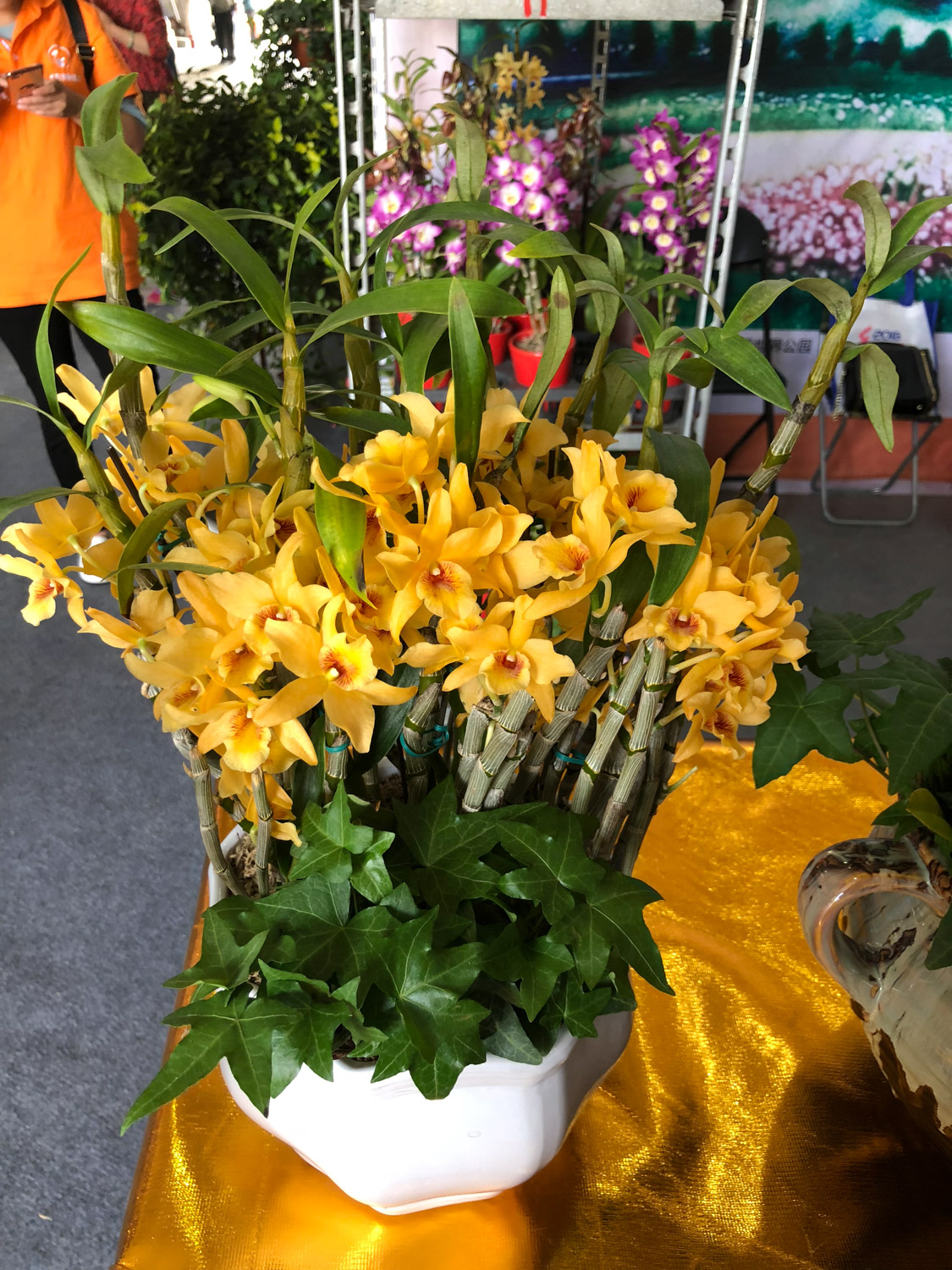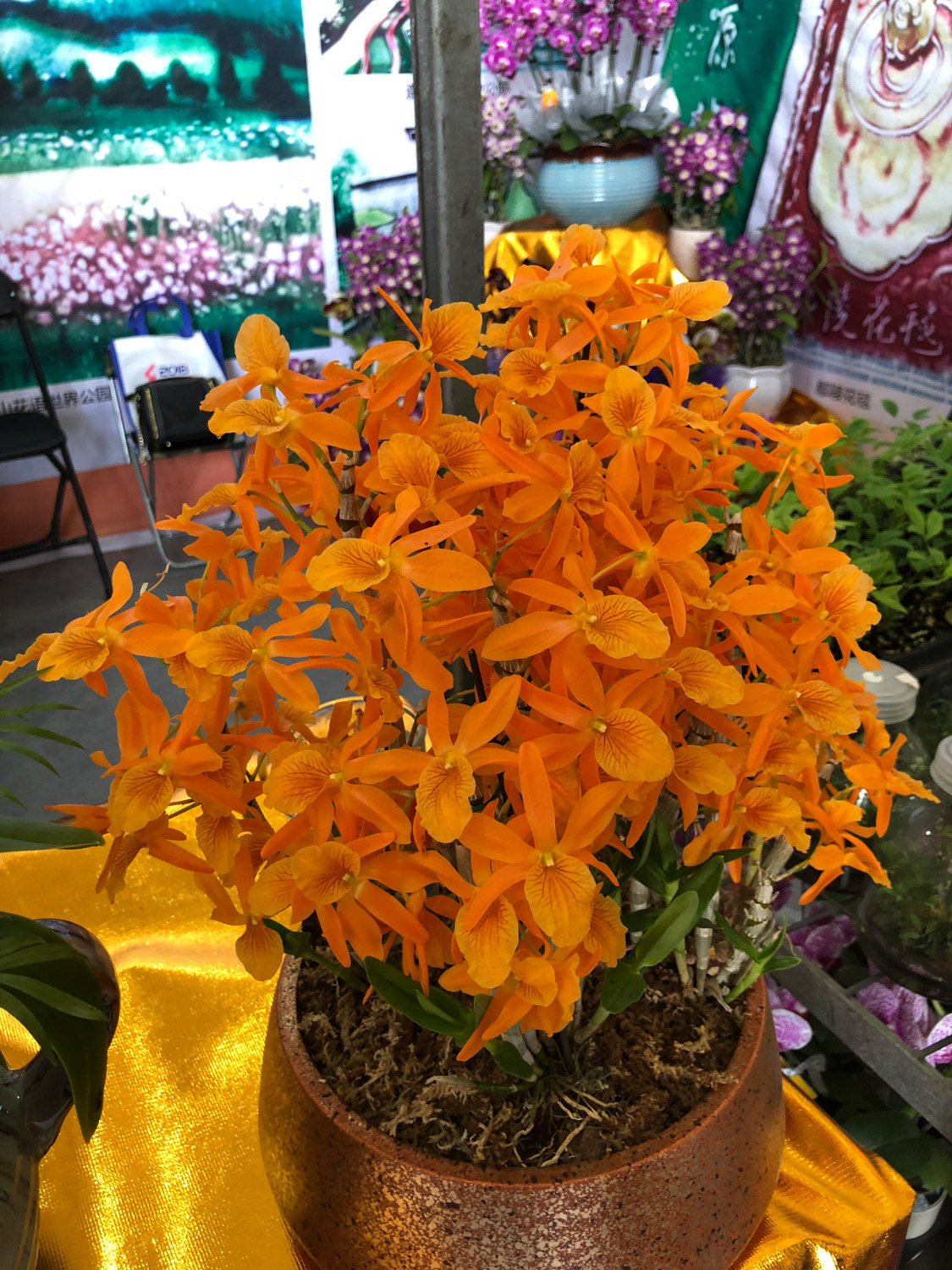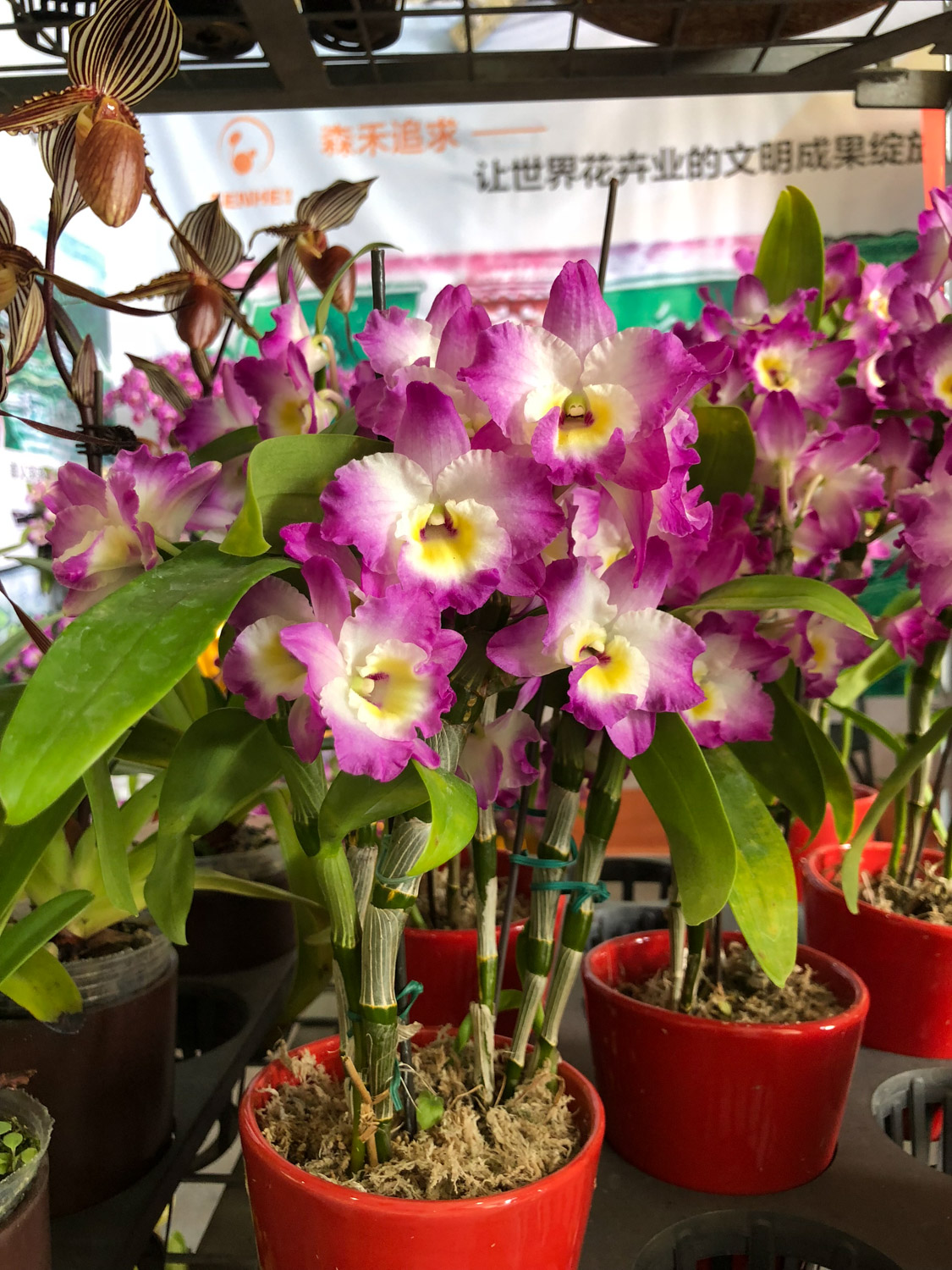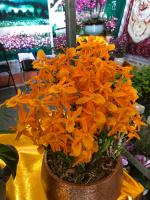1、 Curing method
1. Temperature: Dendrobium candidum likes to be warm, which is more appropriate between 15 and 28 degrees. This can also be seen from its distribution range. In addition, its cold resistance is not good, so potted plants can always be placed indoors

2. Light: when Dendrobium candidum was just planted, it didn't need much sunshine. It can be placed in a semi cloudy place with a little astigmatism. Then it can be adjusted according to the season. In spring and autumn, it can provide good light. If the light at noon is too strong, it can be seen in the morning and evening. In summer, you need to put it in a cool place

3. Watering: in the early stage of planting, there is not much water needed, so spraying can be used. After that, the watering amount shall be adjusted according to the dry and wet degree of the substrate. Generally speaking, the half dry and half wet state is better. When it is very hot, it needs to be watered once a day. It will sleep in winter, which can reduce the amount of water

4. Fertilization: Generally speaking, potassium fertilizer is the most important fertilizer for it. After germination, fertilizer should be applied once a week

2、 Breeding skills
1. Change basin: the basin needs to be changed regularly, but not too frequently. Generally speaking, once a year or twice a year is more appropriate. It is more appropriate to change pots before germination in spring. Don't change the basin when the temperature is too low, or you will freeze its roots. The new soil for changing pots can be prepared with coconut bran, dead tree branches, peat soil and other materials, which can effectively ensure the development of roots

2. Pruning: this step is also very important in the maintenance of Primula Dendrobium. The first is to repair its branches and leaves, which can be cut off regularly. The other is its shape, because it can be viewed and trimmed

3、 Problem diagnosis and treatment
1. Disease: the most important one is called "coal pollution disease", which occurs frequently from March to May. The diseased leaves should be removed in time and then sprayed

2. Insect pests: the main one is called "snail". It will eat leaves and flowers and can spray medicine in time

4、 Other issues
1. Toxicity: Dendrobium officinale is not poisonous. There is no need to worry about its harm

2. Whether it can be raised at home: Yes. Its ornamental ability is good, because its flower shape is strange, which is very good to put at home as a potted plant


 how many times do yo...
how many times do yo... how many planted tre...
how many planted tre... how many pine trees ...
how many pine trees ... how many pecan trees...
how many pecan trees... how many plants comp...
how many plants comp... how many plants can ...
how many plants can ... how many plants and ...
how many plants and ... how many pepper plan...
how many pepper plan...

































